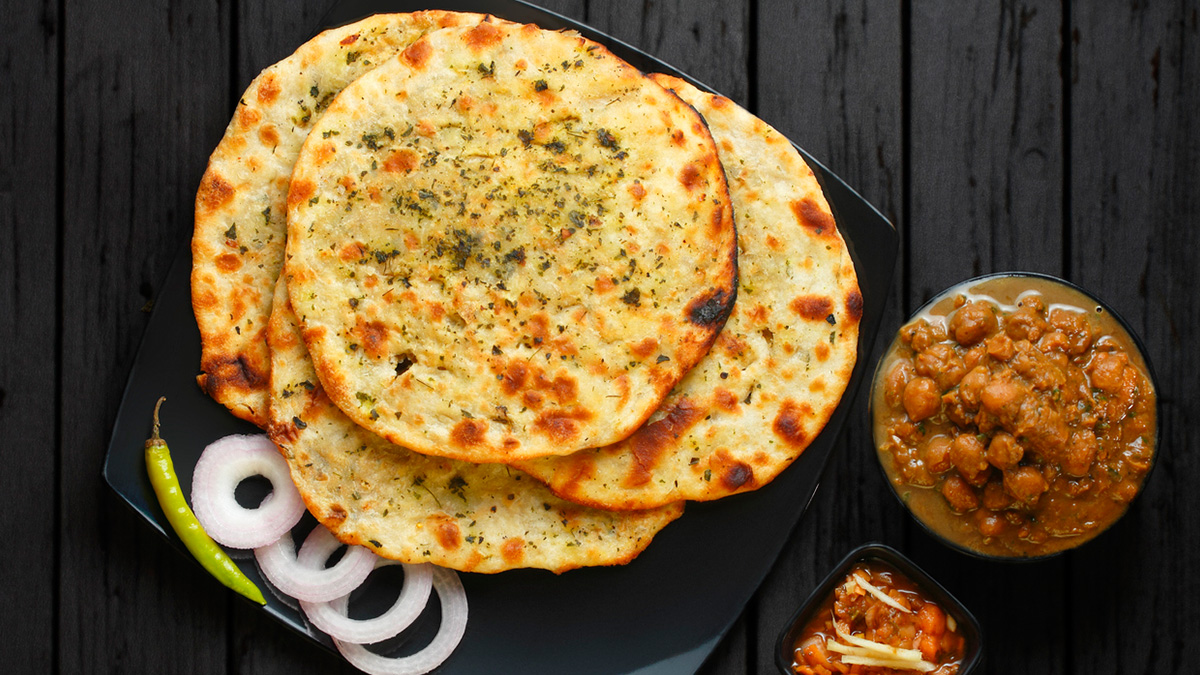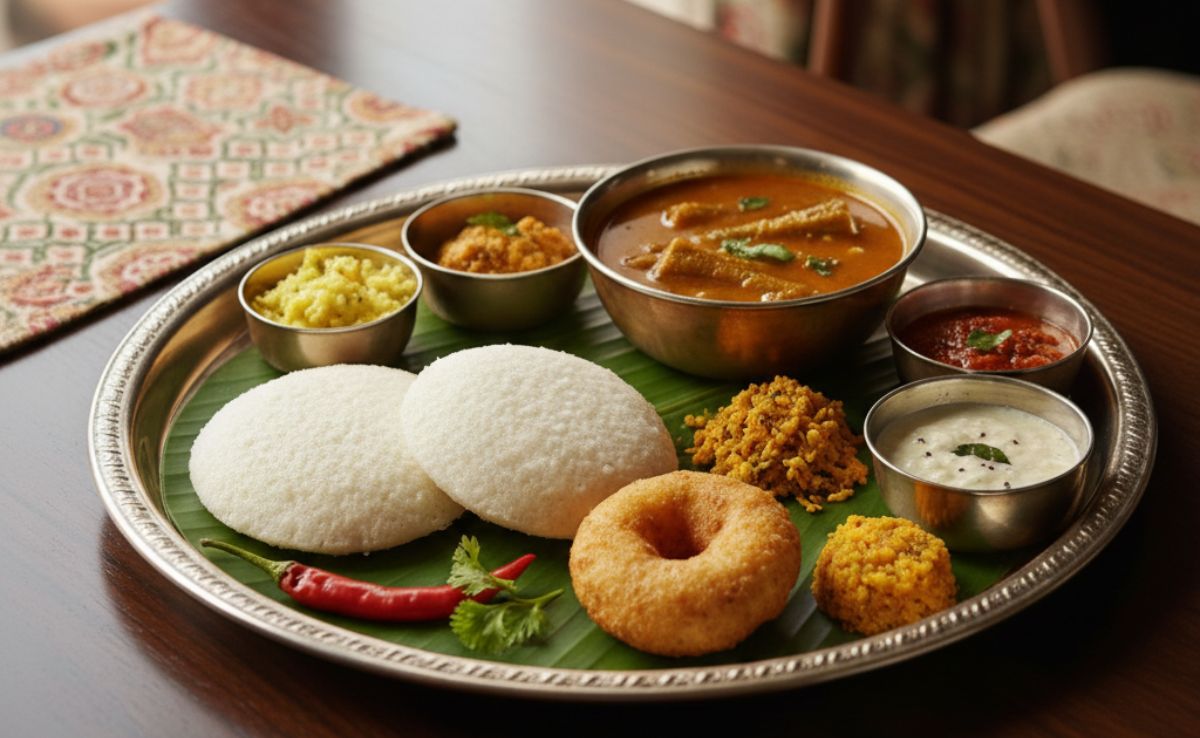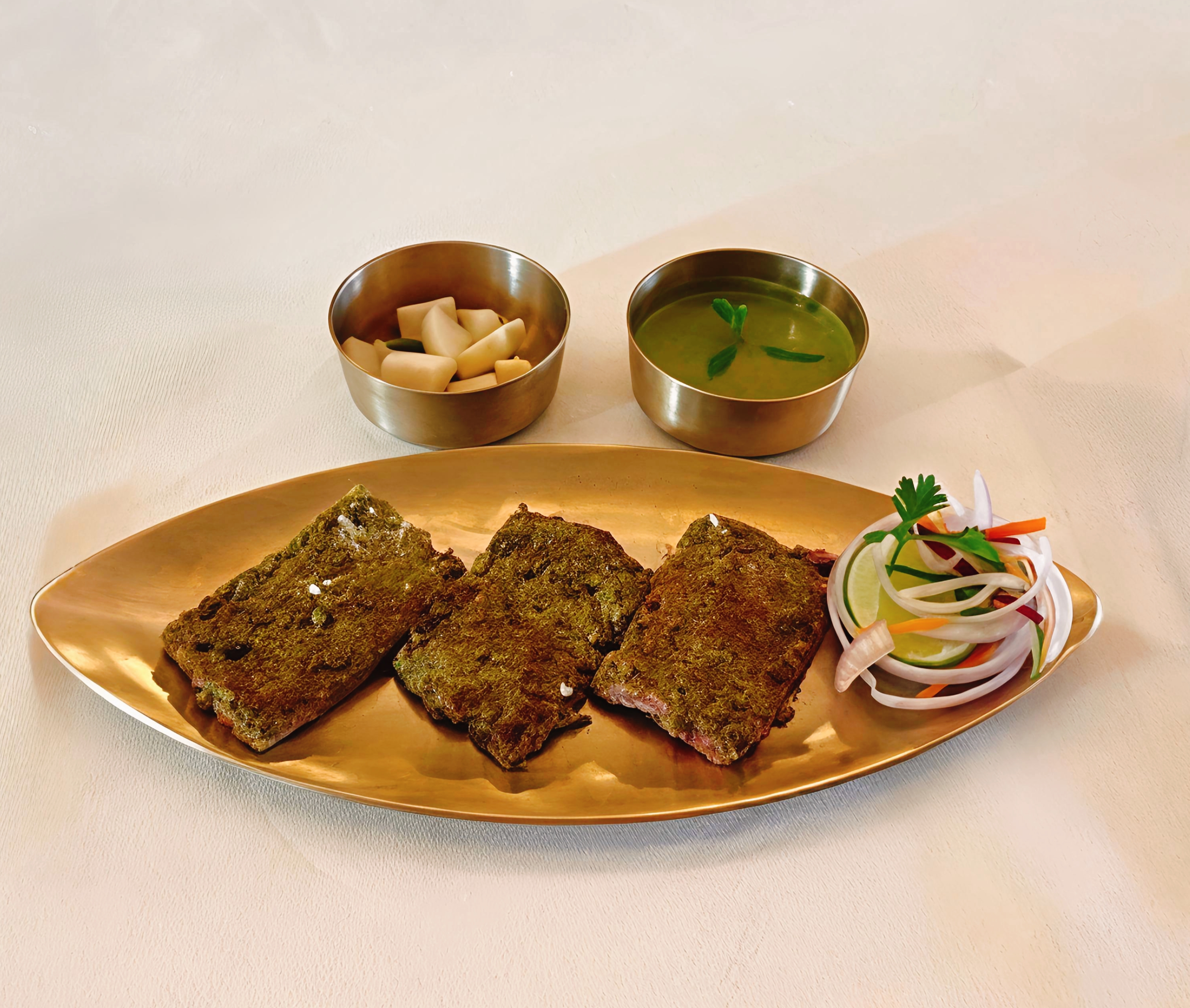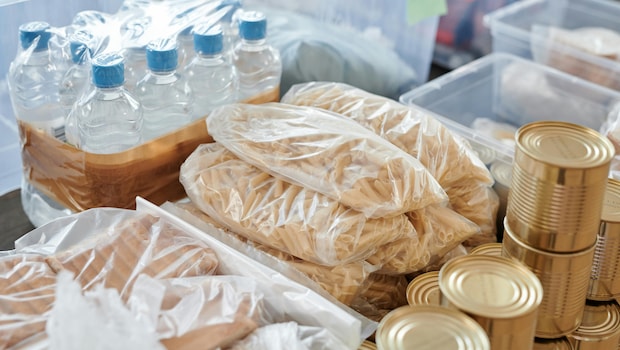A powerful 8.8 magnitude undersea earthquake struck Russia's Kamchatka Peninsula recently, sending waves up to four metres high crashing into the eastern coastline. Tsunami warnings were issued across the Pacific region. Countries like Japan, the US, Canada, Mexico, and Hawaii remained on high alert. In Japan alone, authorities advised residents across more than 130 coastal towns to evacuate, with nearly nine lakh people urged to move to safer ground. While the eventual waves were smaller, the incident was a timely reminder of the importance of being prepared for natural disasters, especially when it comes to food security.
Natural disasters like earthquakes and tsunamis can cut off access to essentials for days or even weeks. That's why building a reliable emergency food supply is crucial.
What Kind Of Food Should We Stock For Natural Disasters?
The key is to choose food that is shelf-stable, easy to prepare, and doesn't require refrigeration or cooking, especially since power cuts are common after such disasters. Some practical options include:
- Ready-to-eat canned items like beans, soup, tuna, chicken, fruits and vegetables
- Ready-to-eat meals and instant foods
- Powdered goods such as milk and soup (ensure you also store extra safe drinking water)
- Staples including salt, pepper, sugar, and a few dried herbs or spices for flavour
- High-energy foods like peanut butter, crackers, granola bars, trail mix, and namkeen, sev
- Comfort snacks like cookies, sweets, cereals, candies, tea bags, and instant coffee
Don't forget to account for specific dietary needs, whether for children, elderly family members, or those with conditions like diabetes or food allergies. Remember to store food for your pets as well.
How Much Food Should We Store During Emergencies?
In places with high risk, plan for a minimum 30-day food supply for each family member and pet. While this might seem like a big task, you don't have to complete it overnight. Build your emergency pantry gradually. Buy a few extra shelf-stable items during your weekly grocery run and set them aside. In places with low risk, a 3-7 day emergency preparedness kit will be sufficient.
How To Store Emergency Food Supply
Your emergency food stash should be kept in a cool, dry space and away from pests. Use airtight plastic bags or containers to keep food dry and fresh for longer. Putting all the items in one location will help you easily access all essentials in case of an emergency. Ensure the food in the emergency supply does not cross its expiry date. In case it does, replace it with fresh stock.
Essential Tools To Keep Handy For Handling Food
Along with food, make sure your emergency kit also includes:
- Manual can opener, scissors, or a knife
- Disposable plates, cups, and utensils
- Clean plastic bags or zipper pouches for storage
What Food Is Safe To Eat After A Power Cut?
- Food in a closed refrigerator remains safe for up to 4 hours after a power outage.
- A full freezer will keep food safe for roughly 24 hours without power.
- Shelf-stable food in undamaged cans or packaging can last indefinitely.
How To Cook Without Power?
If electricity is down, you'll need alternative ways to heat food. Options include:
- Outdoor grills (gas or charcoal)
- Camping stoves or even a campfire
- Safe pots, utensils, and clean water. Do not use contaminated floodwater in cooking or cleaning.
A well-prepared food supply can help ensure your family stays safe, fed, and calm during a crisis.
About Jigyasa KakwaniJigyasa finds her solace through writing, a medium she is exploring to make the world more informed and curious with every story published. She is always up for exploring new cuisines, but her heart comes back to the comforting ghar-ka-khana.







